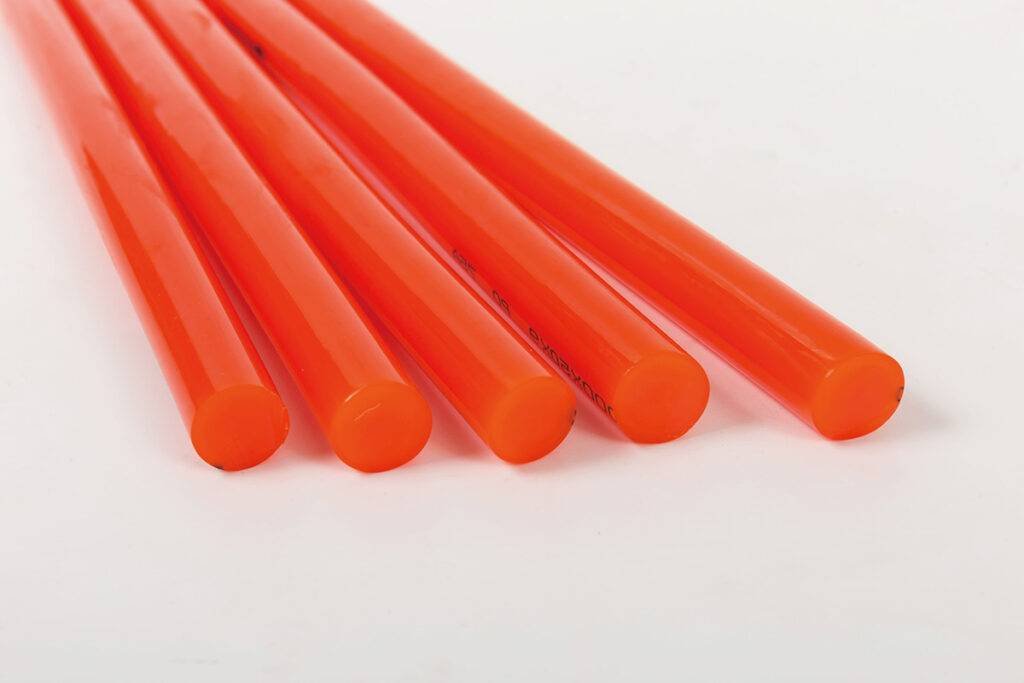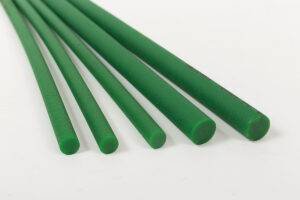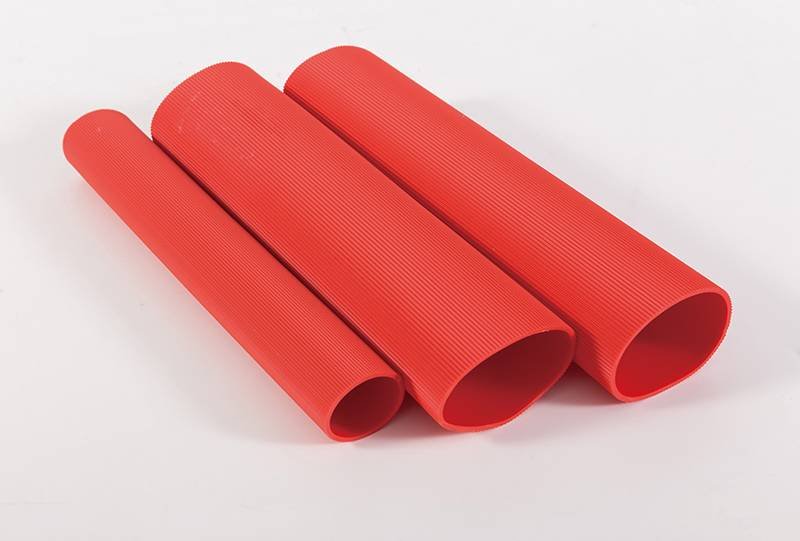Polyether and polyester are the two main types of Polyurethane products. They are useful in different ways when it comes to industrial applications. Though they both can withstand the experience of high stress they have huge differences. So in this post, you would be furnished with their differences.
The following are the characteristics of polyester-based materials:
Polyester has outstanding Abrasion resistance than polyether. So even with harsh substances (which include cubic boron, aluminium oxide or diamond), it does better than polyether.
It has good resistance to Solvent or oil, it is a kind of solute that will not dissolve or mixes with oil.
This Polyurethane material has great mechanical properties: which means a good irresistibility which includes good stretch-ability, high strength, easy care and durability.
Polyester resistance to burst pressure is just the same as Ether-based tubing.
It has awesome vibratory dampening. Meaning it has the properties to lower the amount of energy a system can produce. When the vibration is damped, then there’s a transfer of energy to the right channel.
With polyester, its polyurethane tubing is always more rigid and sturdy than polyether-based tubing. So polyester enjoys more of a cost advantage.
This Polyurethane product isn’t recommended for use in exposure to water or humidity. This is because hydrolysis comes with high risk. This risk will result in a bad effect on the physical properties of polyester. With this action, there’s a decrease in properties and swelling of volume would be the outcome.

Polyether characteristics
With polyether the following characteristics are always visible:
-It has a high level of fungus resistance
-With polyether, there are low-temperature changes
-It has high resistance when it comes to weak bases and acids
-The experience with it is high hydrolytic stability, it is recommended for applications undergoing little to higher stress
-With polyether, there’s bursting of pressure resistance. It does it just like Ester-based tubing. So it can be very fierce.
One outstanding thing about polyether-based polyurethanes is that they aren’t recommended for running water that’s more than 70Celcius i.e 1558 Fahrenheit. But they do stay stable when the water is warm for at least 50 Celsius which is 122 Fahrenheit. This is always over a long period. With this polyurethanes product, its water absorption is always low, it has about 0.3% to about 1% by weight. Lastly, it has negligible volume swells.
Polyester shows excellent durability than other ester-based material products. This is mostly around 5 years and not the 3 years shelf life that polyester products are based on. This is known as tubing.
Polyether-based materials are costlier than polyester-based material.
With this product, there is moisture resistance which is mostly for pneumatic applications.
Conclusion
There you have them, the characteristics that exist between these two Polyurethane products Polyether vs. polyester. While polyesters can stand against high temperature for a long time and has high heat ageing resistance. Polyether on the other hand is a lot less susceptible to any build-up from dynamic heat. So there have their differences and work differently too.
For further questions, please contact us at pengde2@pengde-pu.com.





